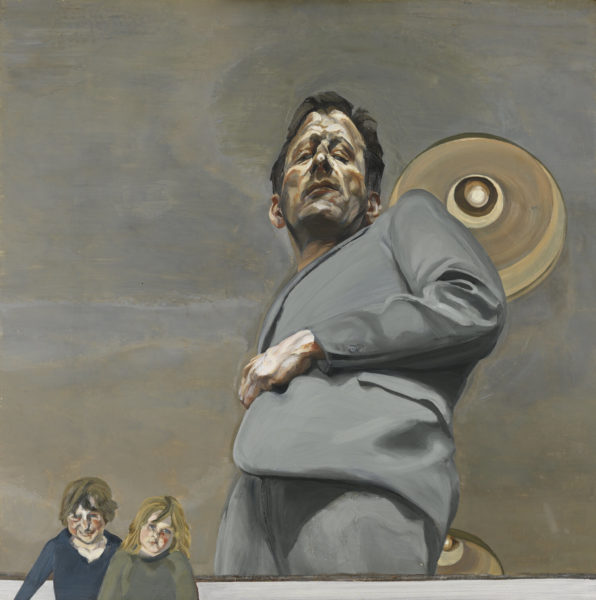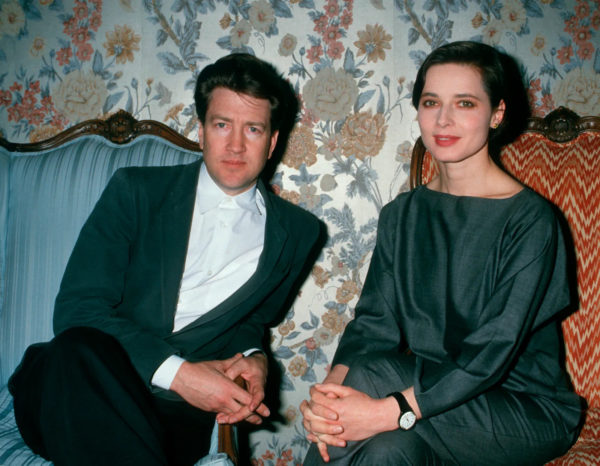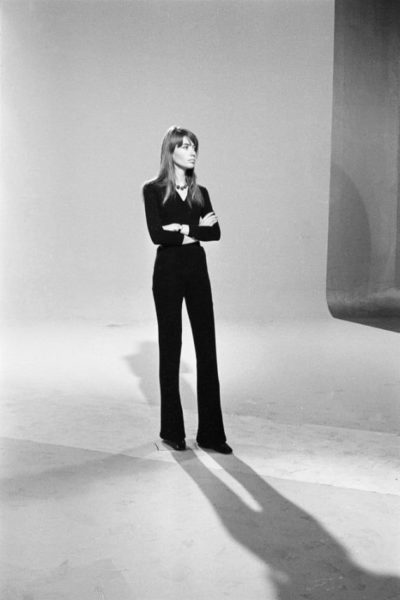“I have often seen, in the past, at the back of the bar on the Pont-Royal in Paris, Leiris and Bacon together, leaning towards each other in complicit conversation. I liked to watch them, Leiris being serious and Bacon trying to be.” Philippe Sollers, Francis Bacon’s Passions.
Bacon was only lately recognised in France. His first Parisian exhibition, in 1957, strictly attracted connoisseurs. He gained wider recognition starting in 1966, with an exhibition at the Galerie Maeght and the support of Michel Leiris who wrote the preface to the exhibition catalogue. It was also the beginning of an unfailing friendship between the two men, based on mutual admiration and respect.
Yet a world separates the flamboyant Bacon, a lively and playful man, from Leiris, a meticulous poet and austere ethnographer. Everything separates the orderly life of the Rules of the game’s author from the vehement and resolutely “off-the-wall” life of the English painter. But Leiris continued to sign several exhibition catalogues, prefaces, articles and essays on Francis Bacon, while the latter painted an oil portrait of Michel Leiris.
This friendship is also surprising because of the dressing style of the two characters, which are miles apart.
BACON
The flamboyance of his paintings reflects in his personal style. In 1977, when he exhibited at the Galerie Claude Bernard on Rue des Beaux-Arts, Bacon attended the opening wearing a vinyl trench coat. Owning a studio in London, the painter liked to wear suits made of thick flannel(English flannel, from Welsh gwlanen, wool) - fabric whipped More. Towards the end of his career, he seemed to settle down and wore double-breasted suits with chalk stripesline or band more or less wide that marks a fabric More, which he nonetheless altered by pairing with a broad yellow and blue striped shirt. A sort of voluntary and constant accident that can also be found in his works. With a Rolex gmt pepsi on his wrist, there is in Francis Bacon’s style a desire to expose his success, so belatedly recognised in France.
LEIRIS
Michel Leiris’ style was clean, precious and statutory. The surrealist writer and poet borrowed the elegance of Left Bank’s grands bourgeois. He never wore double-breasted suits, preferring the sobriety of straight suits that he chose in Scottish tweeds, thick cashmere sheet or heavy flannels. In Frail noise, Leiris devoted an entire passage to describing Parisian tailors. He recounts what he overheard in Barrett’s, a tailor’s shop on the Left Bank: “‘Here we don’t look at what goes on in the street,’ the tailor told me one afternoon, thus affirming the aristocratic pride that led him to a sovereign disdain for this horribly vulgar thing, fashion, which an honest man need not concern himself with, if he is the least interested in placing himself above the commonplace.” In contrast to the English painter, Leiris’s elegance is more subtle and can be observed in a multitude of details: the high placement of his jacket buttons, the herringboneV-shaped decorative pattern obtained by reproducing, after i More pattern of his suits or the suppleness of his shirt collars.
Yet both share a common vision of costume as a tool for self-expression and body acceptance, as Michel Leiris wrote in L’Âge d’homme: “it is necessary to build a wall around oneself, with the help of clothing”.
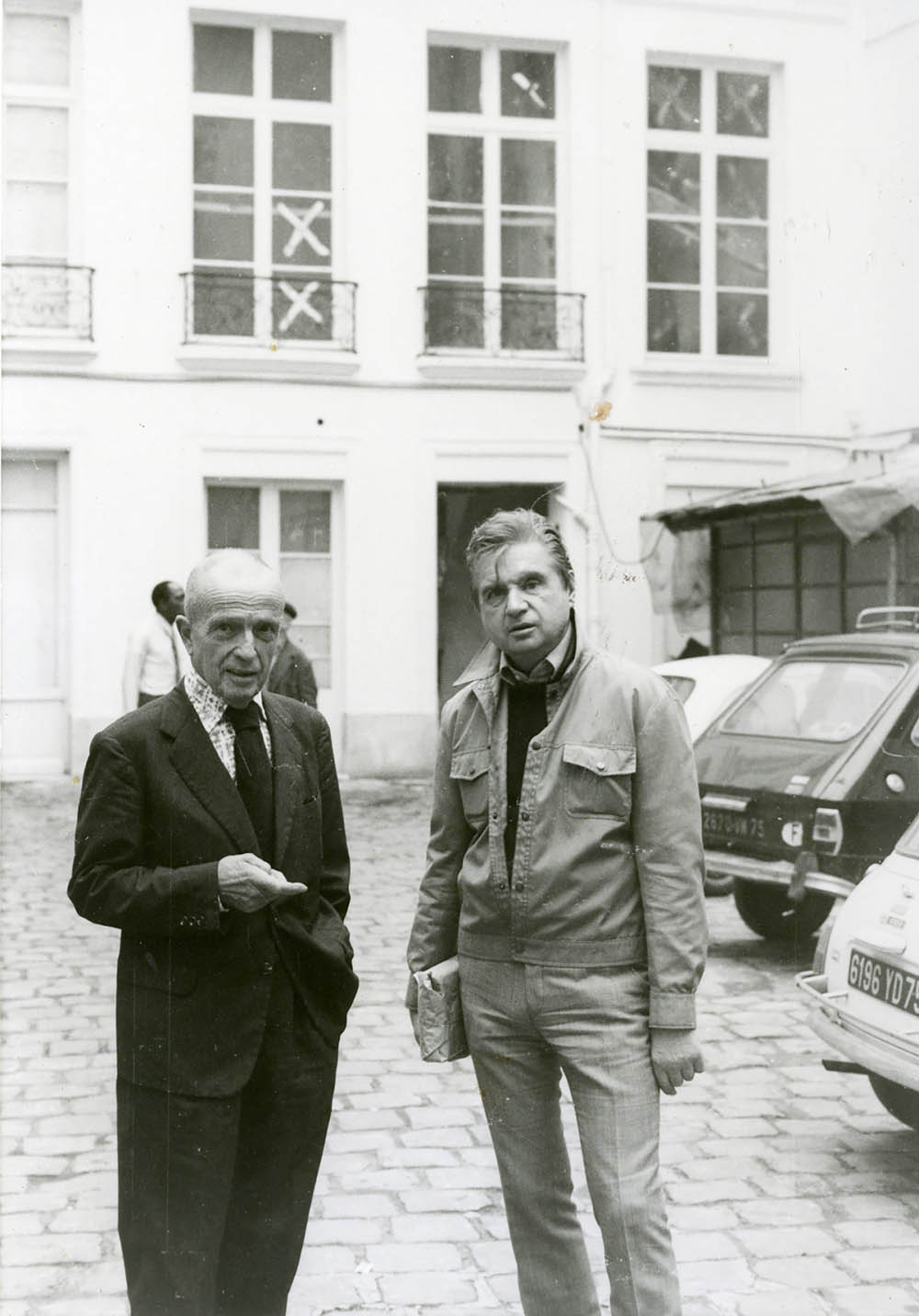
BACON, Francis. LEIRIS, Michel. 14 rue de Birague, Paris, France. 1970.

GAILLARDE, Raphaël, phot. BACON, Francis. Paris, France. 1987.
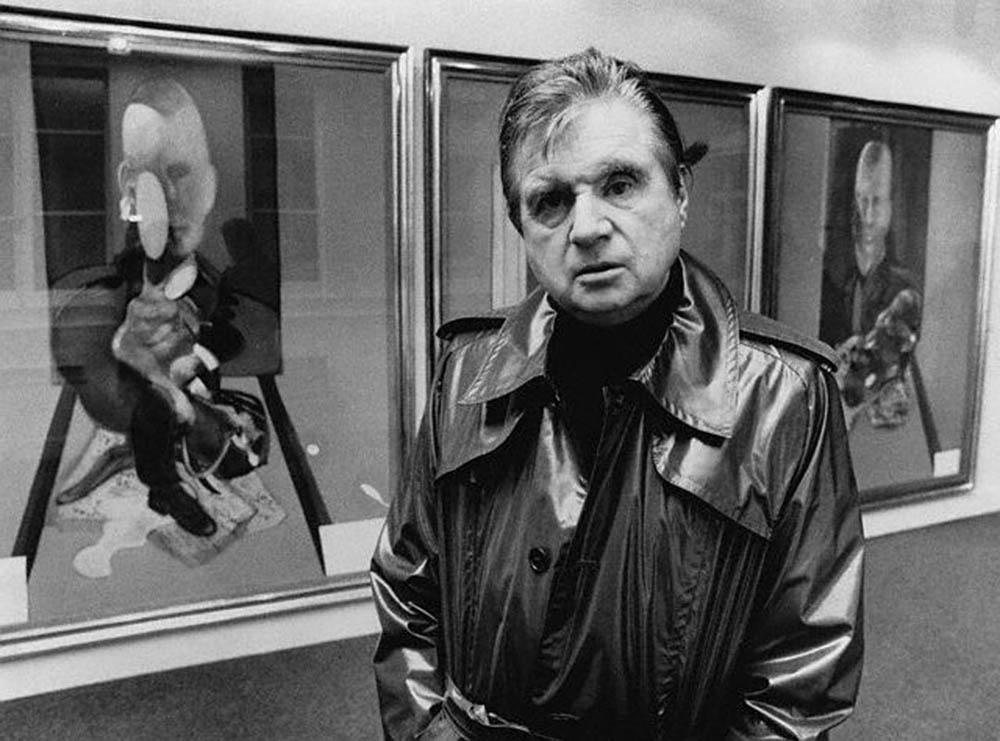
BACON, Francis. Galerie Claude Bernard, Paris, France. 1977.
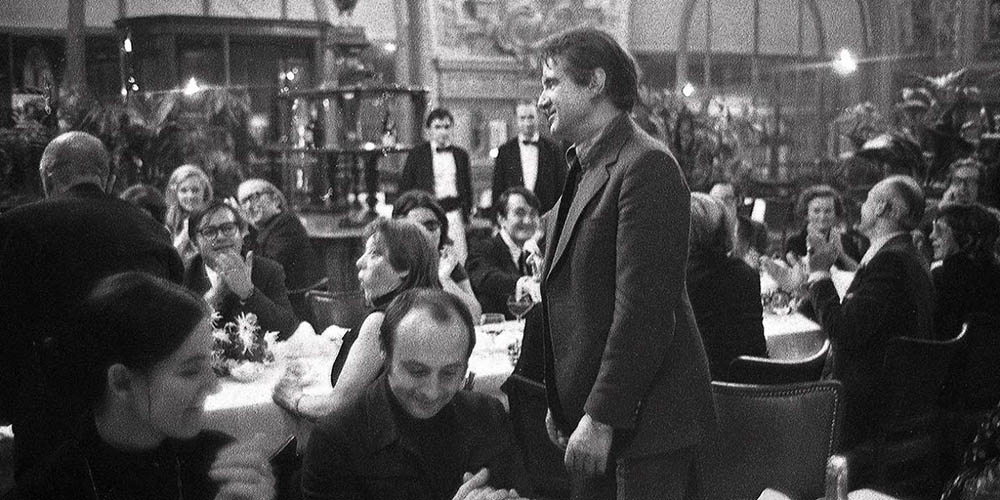
BACON, Francis. Paris, France. 1971.
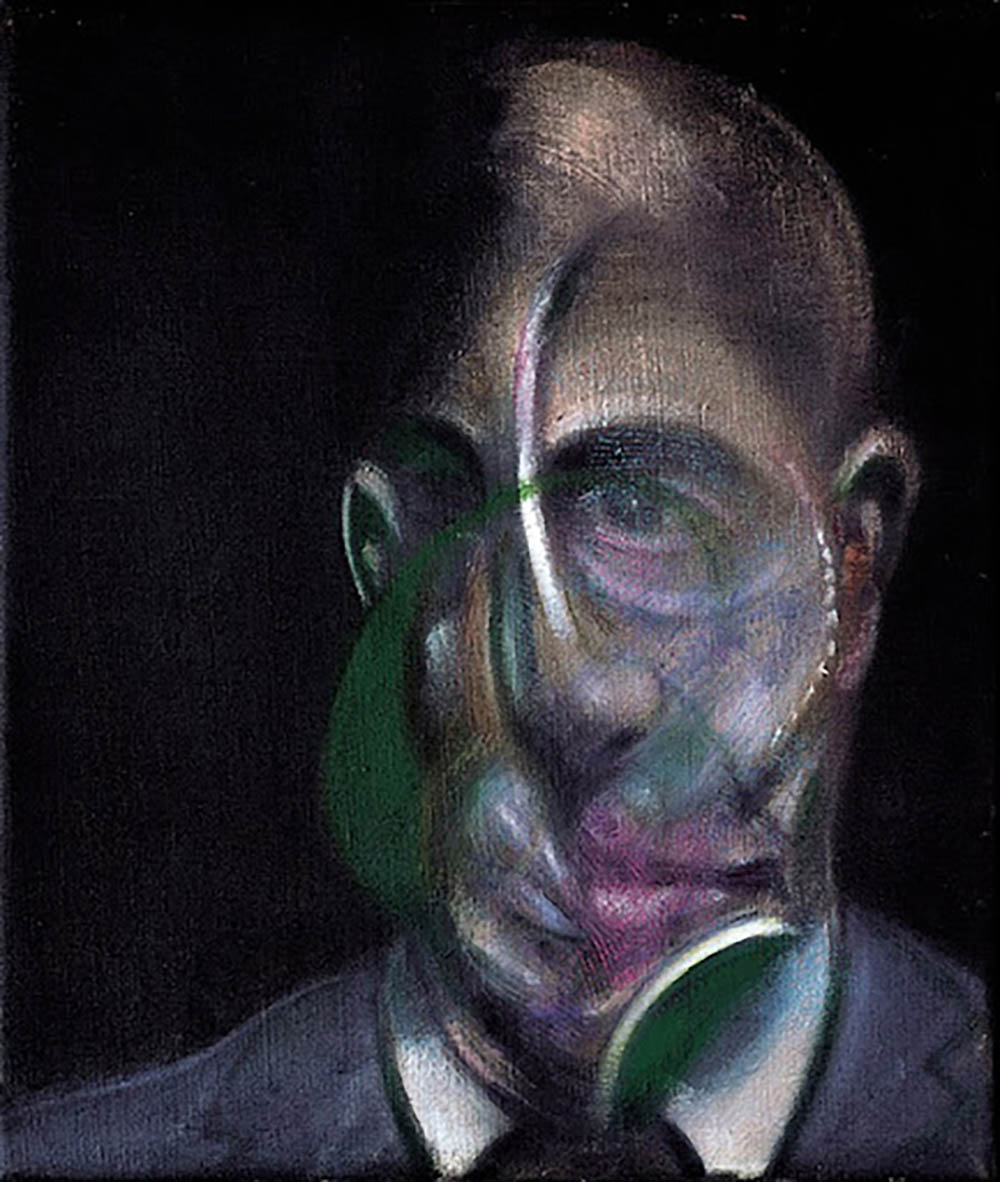
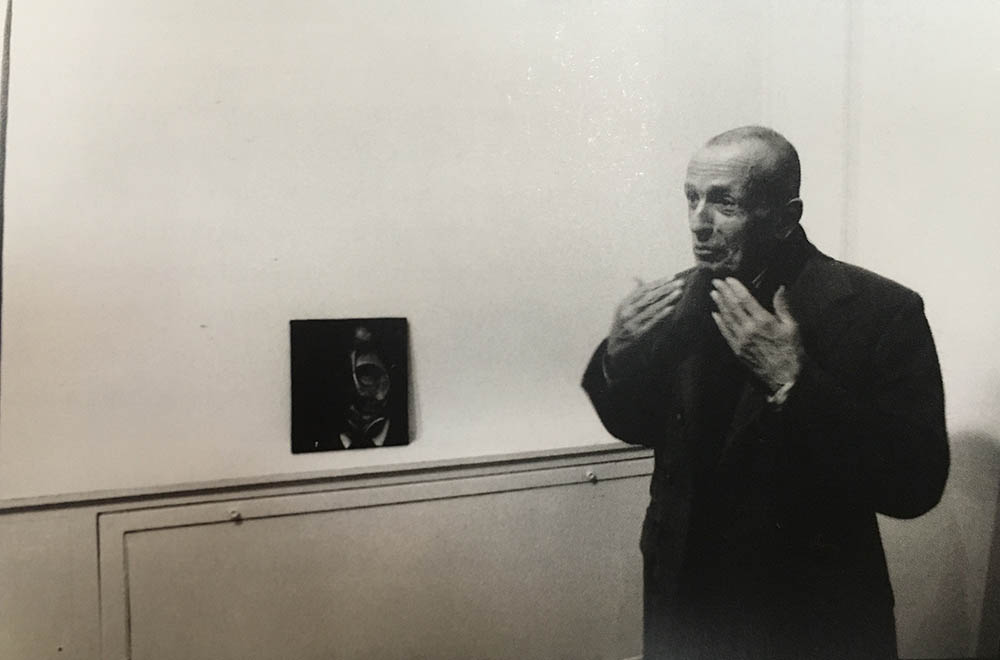
LEIRIS, Michel. Galerie Claude Bernard, Paris, France. 1977.
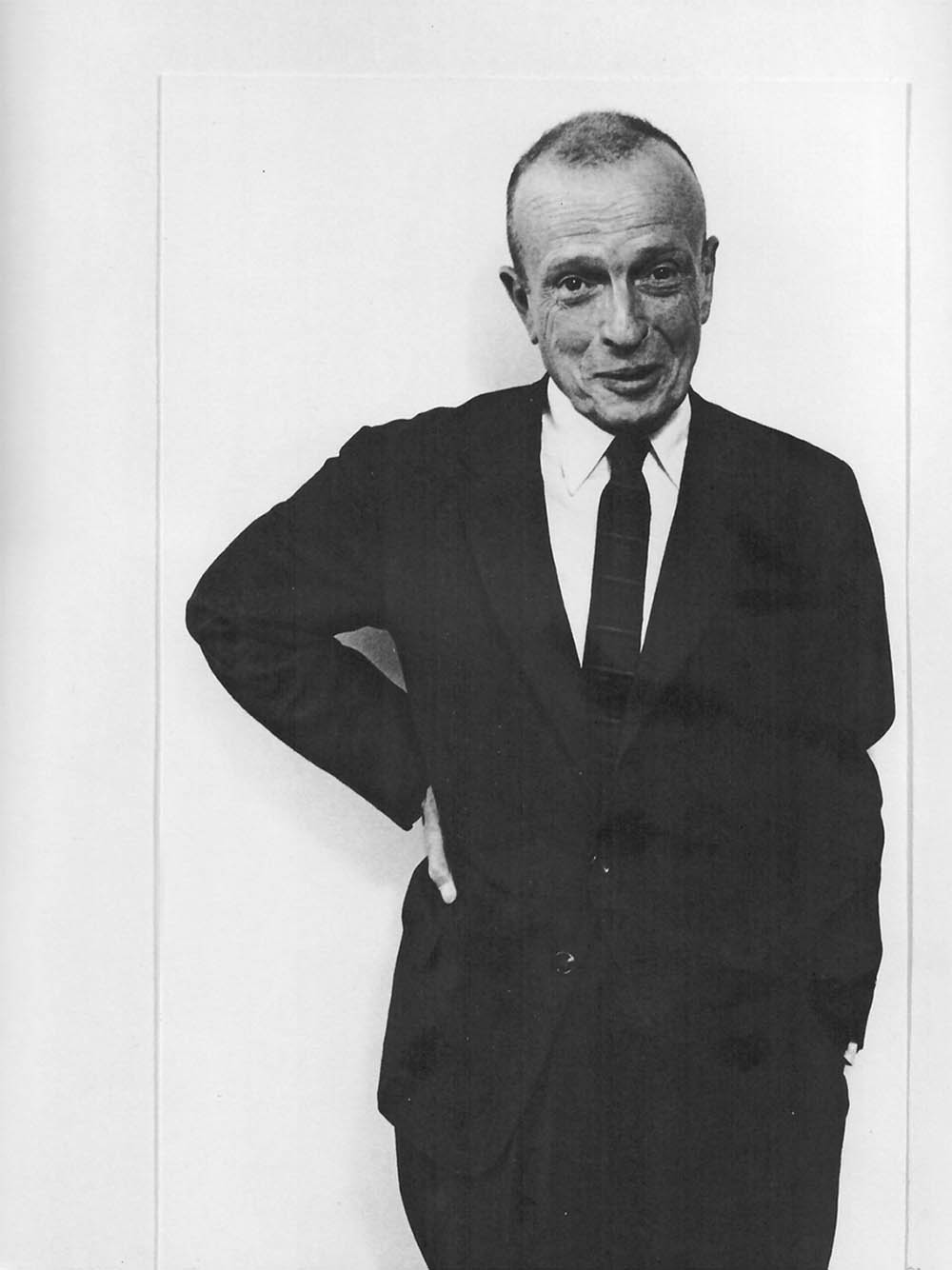
FAUNIÈRES, Daniel, phot. LEIRIS, Michel. 1966.
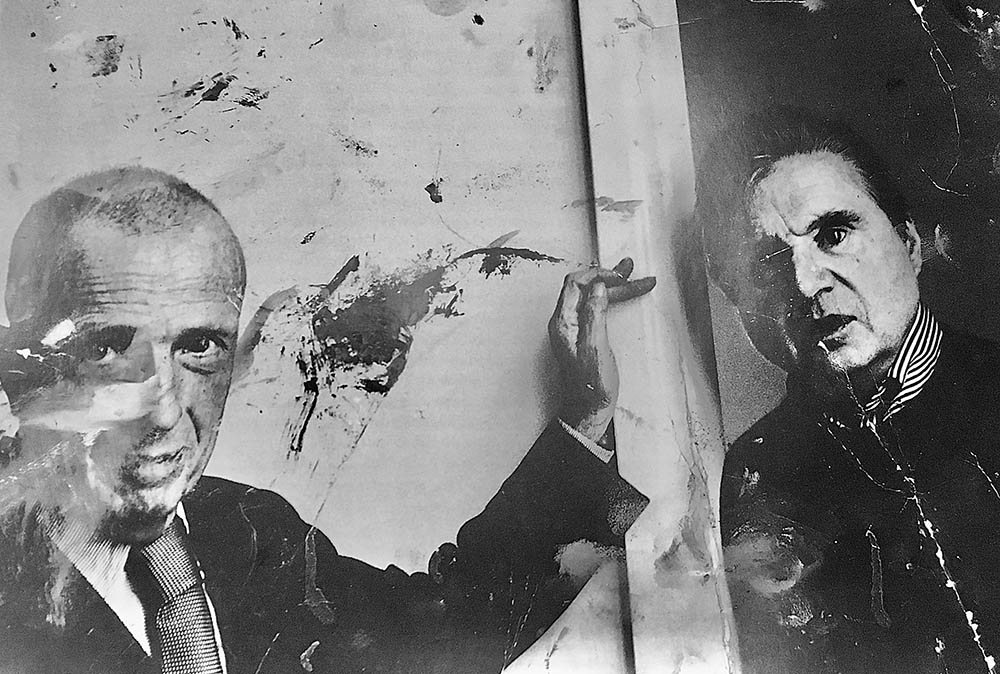
BACON, Francis. LEIRIS, Michel. London, United Kingdom. undated.
- LUCIAN FREUD« from borrowed suits to bespoke tailoring, Freud’s fashion choices evolved with his art »
- DAVID LYNCH« The oddest of Americans, the most American of oddballs, Lynch was a man with a uniform. »
- THE FLARED TROUSER
- BRUMMELL« the most sober, the most strict, the least extravagant man »
